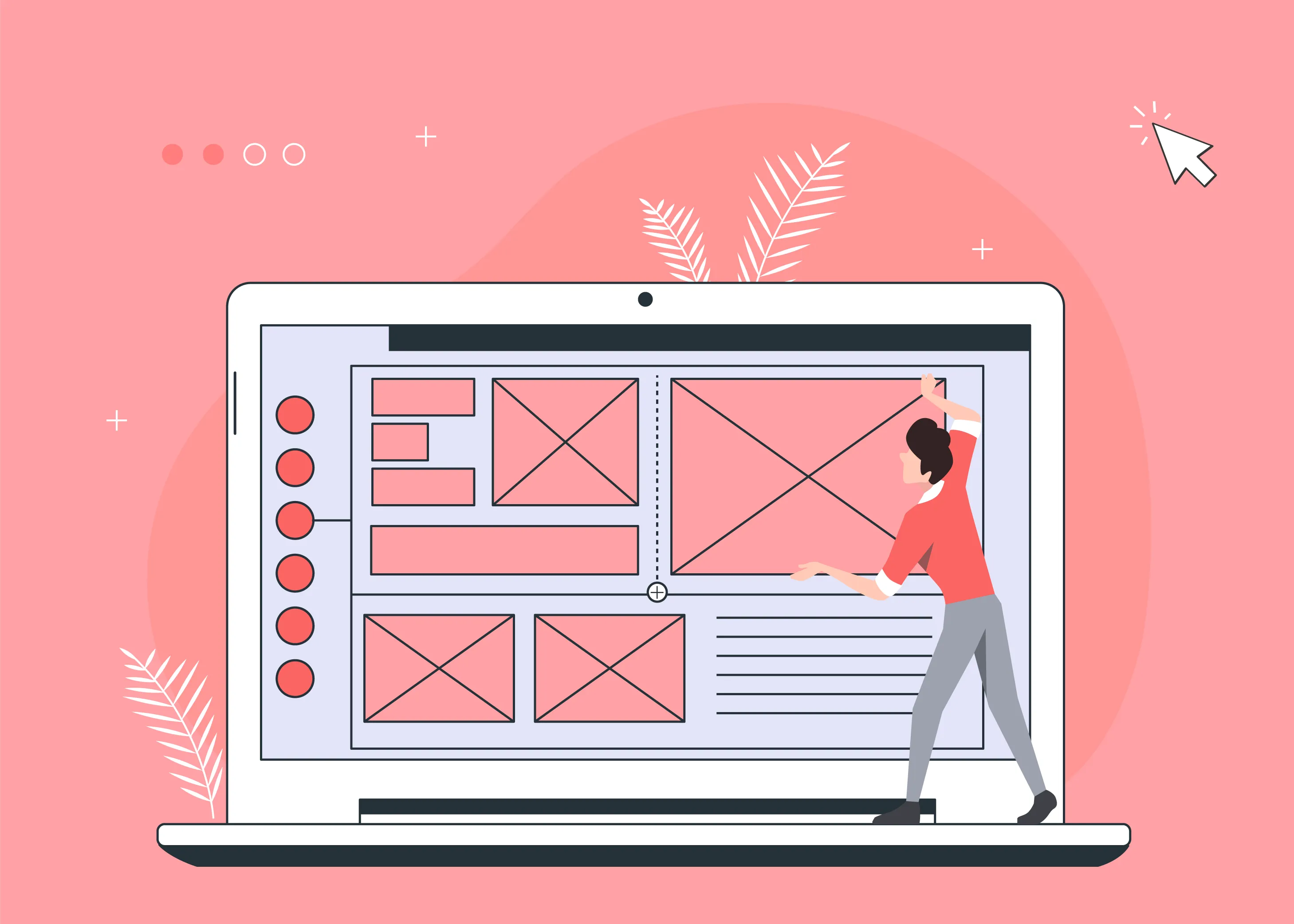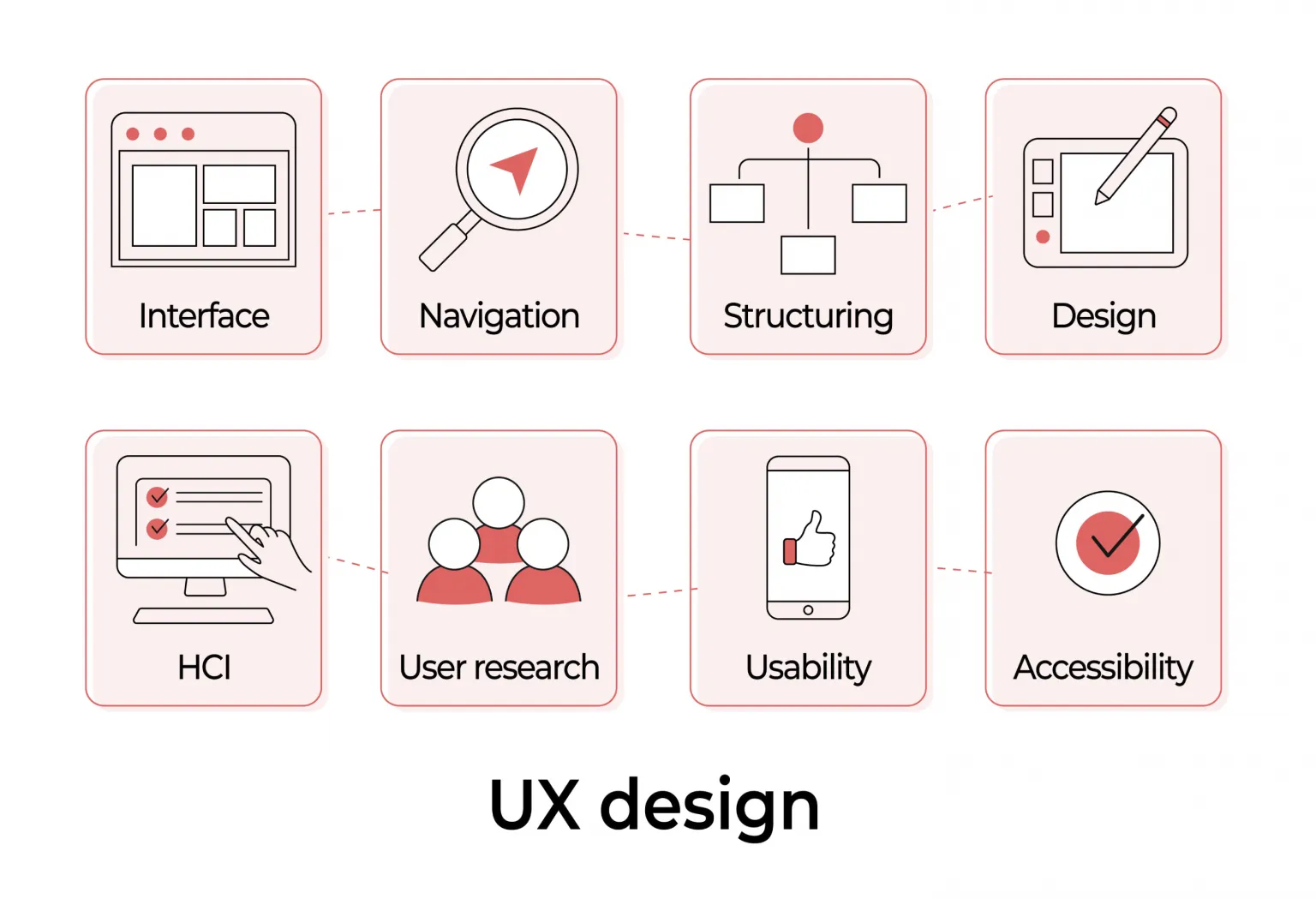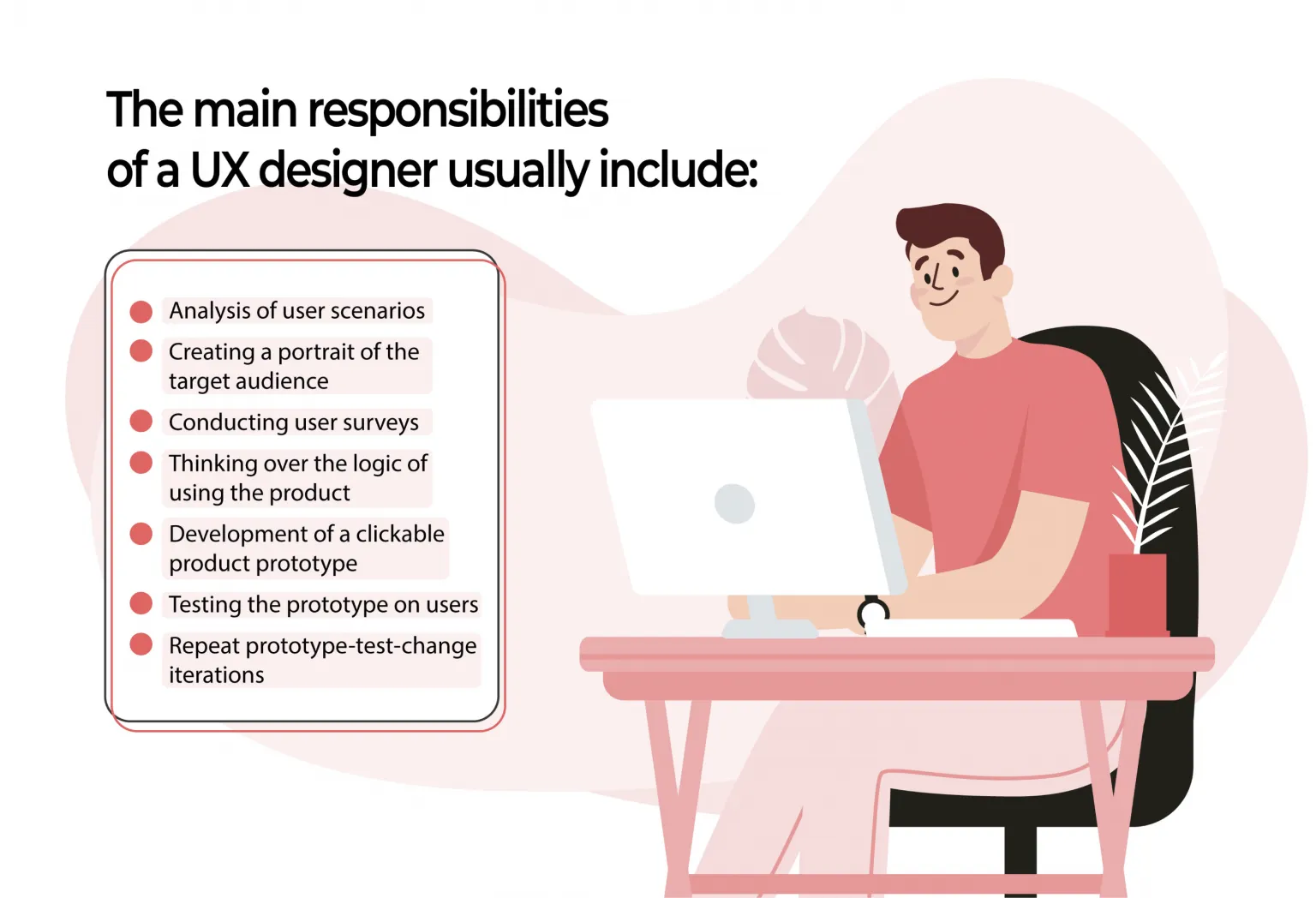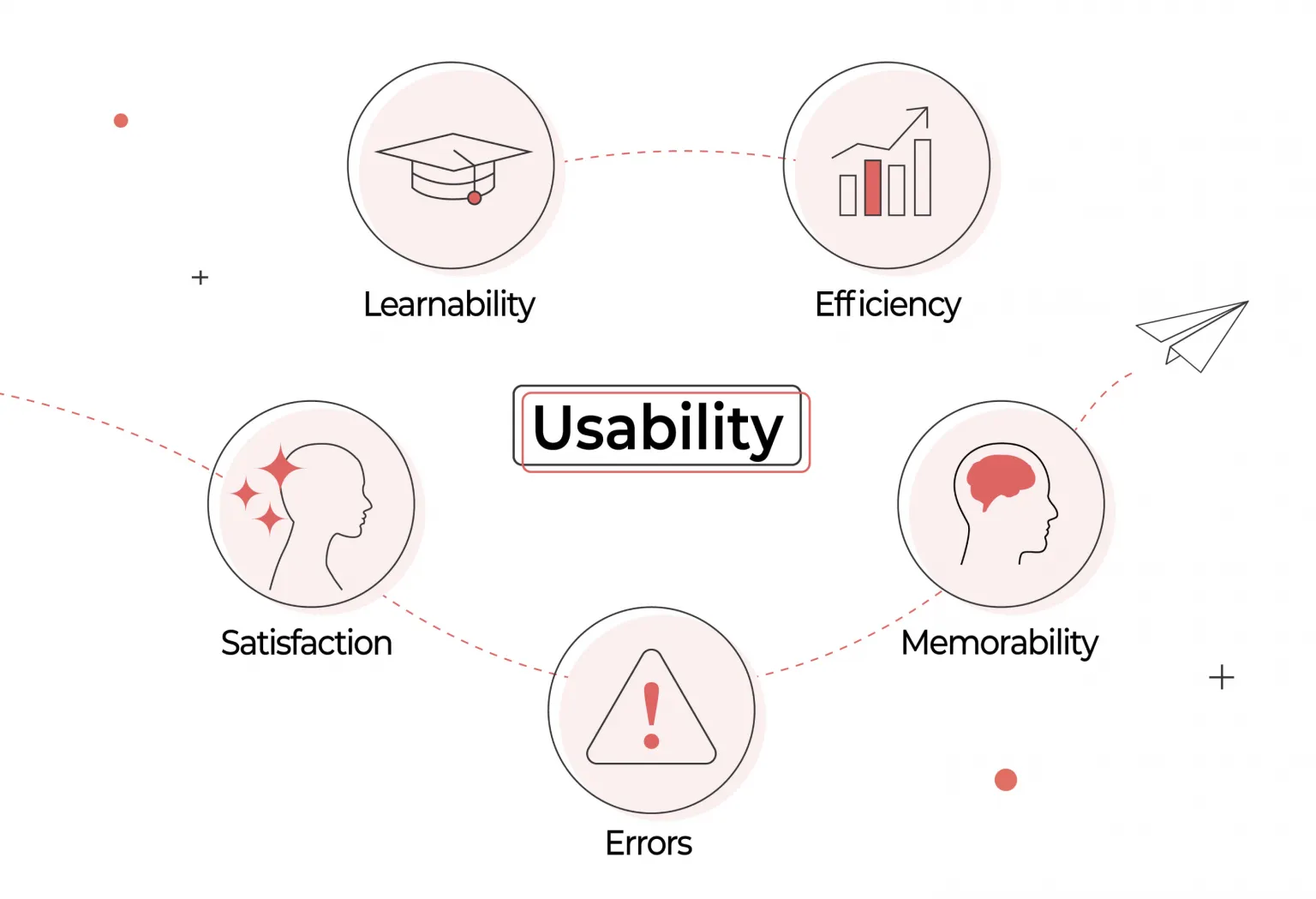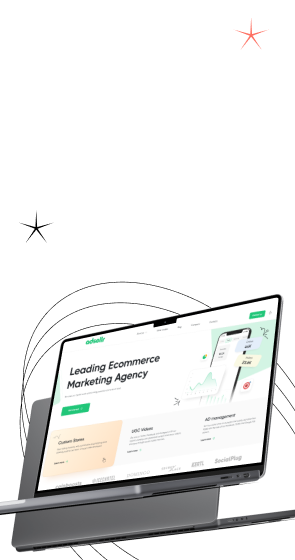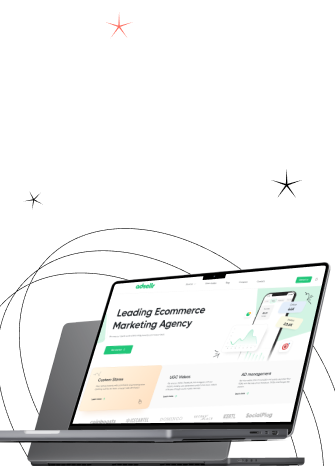In the digital area, there is a trend towards simplicity. The desire to simplify “build” processes stems from the ever-growing demand for multi-page e-commerce websites, landing pages, and products that can be downloaded onto modern gadgets. As a result, tools for developing the visual design of sites and applications are becoming easier. Yes, there are many templates for creating websites or landing pages yourself. However, at least once, has someone managed to create a fully functional and well-known website using builders? Of course not. But to get not just a virtual frame with arrays of text and buttons but a helpful resource, you need a competent UX design with an awareness of users’ psychology and reactions to the product. In this article, we want to tell you about what does a UX designer do in creating a product and why their value in the team is so significant.

